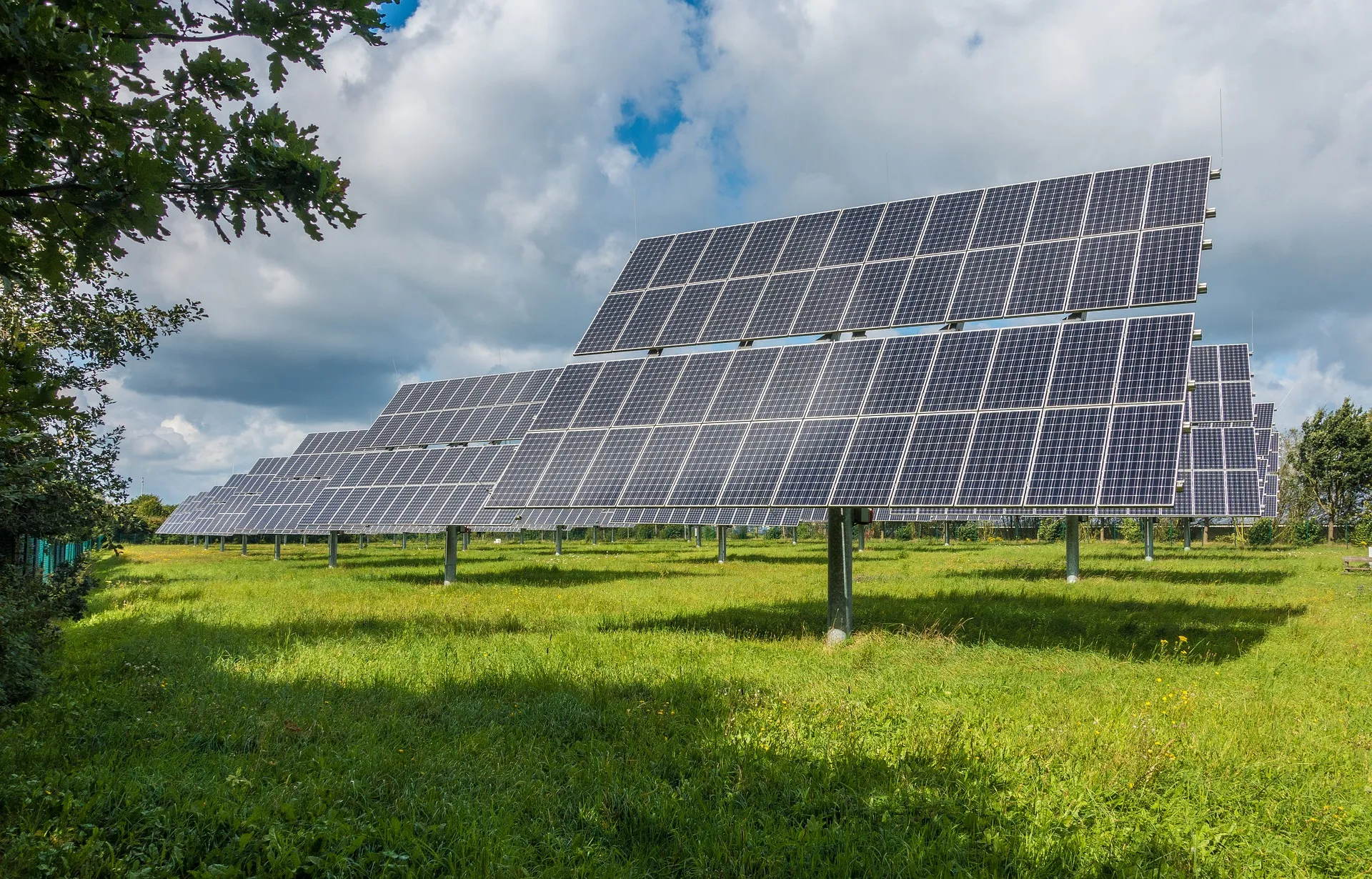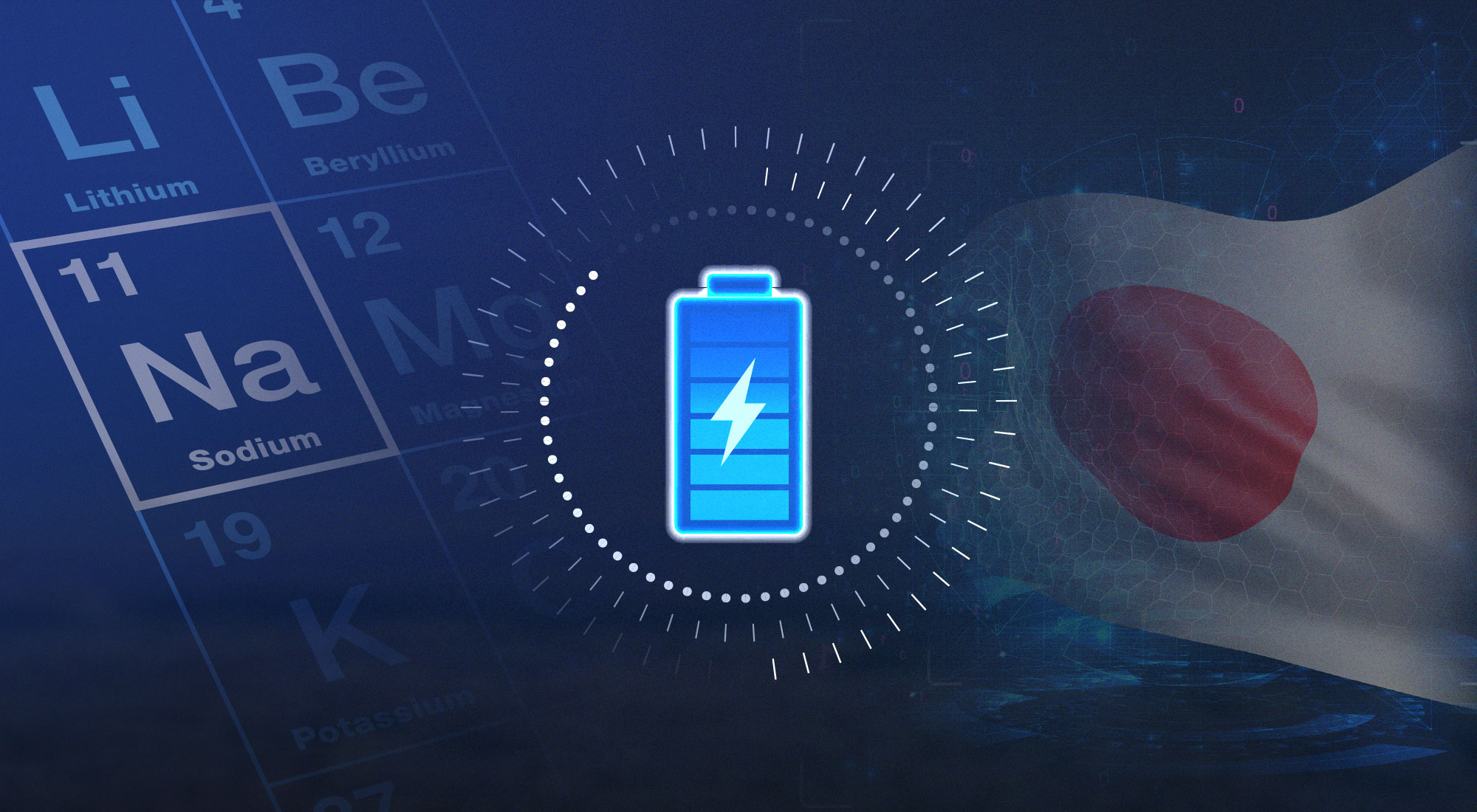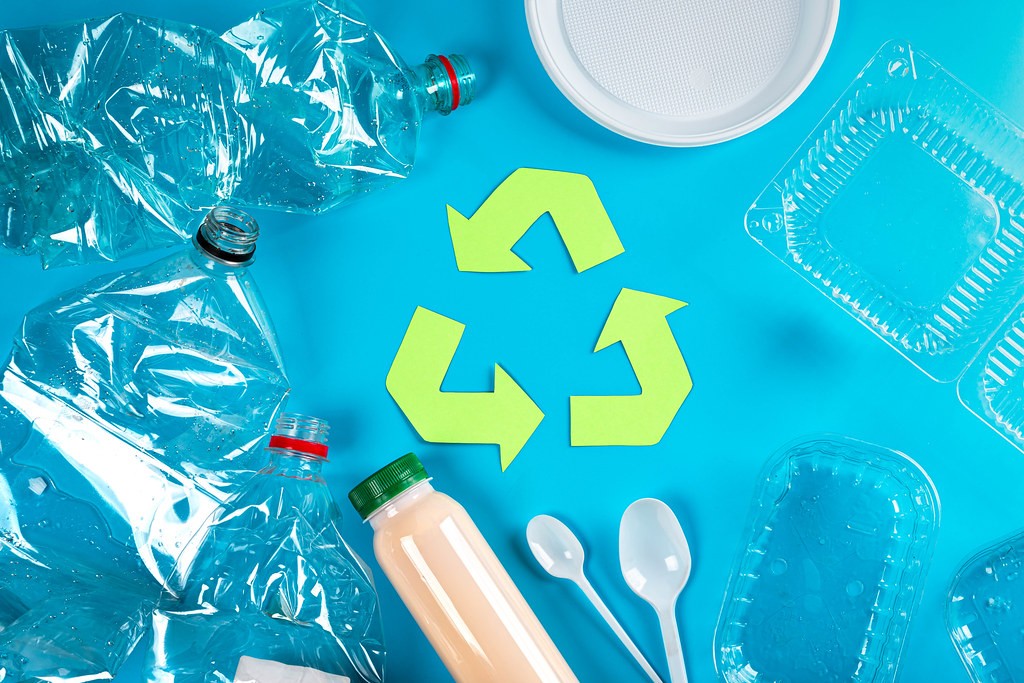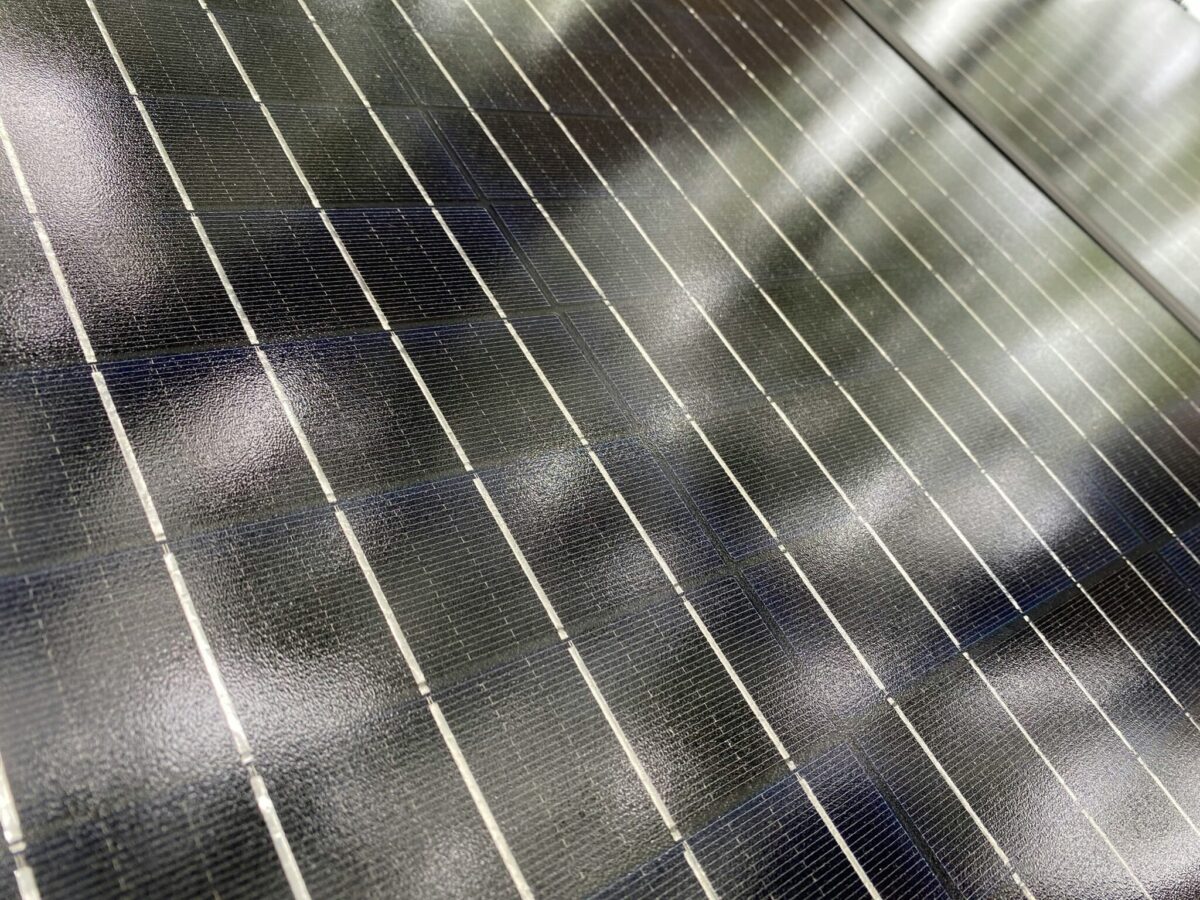- Filatech Corporation
- •
- 03 Jun 2025
- •
Unlocking the Future of Waste: Chemical Recycling of Hard-to-Recycle Plastics
Introduction
While traditional recycling methods struggle to process complex, multi-layered, or contaminated plastics, chemical recycling emerges as a powerful solution. Unlike mechanical recycling, which reshapes plastics without altering their chemical structure, chemical recycling breaks polymers down into their fundamental building blocks—monomers or other valuable compounds—allowing the creation of virgin-quality plastic or fuels.
Let’s explore various chemical recycling methods, their benefits and drawbacks, the products obtained, and their applications, following a logical path from thermal and catalytic processes to biological and emerging innovations.
Thermal and Catalytic Recycling Technologies
1. Pyrolysis
Process: Heats plastic waste in an oxygen-free environment.
Pros: Converts plastic into fuel oil, waxes, and gases.
Cons: High energy consumption; potential toxic byproducts.
Use: Alternative fuel production and chemical feedstock.
2. Thermolysis
Process: Thermal cracking of plastics.
Pros: Energy recovery; works on mixed waste.
Cons: High temperature requirements; limited product control.
Use: Industrial energy systems.
3. Gasification
Process: Converts plastic into syngas using limited oxygen.
Pros: Efficient; accepts contaminated plastic streams.
Cons: Complex setup; syngas cleaning required.
Use: Fuel, electricity, or chemical synthesis.
4. Catalytic Plastic Recycling
Process: Uses catalysts to improve breakdown efficiency.
Pros: Lower energy use; precise output.
Cons: Catalyst regeneration and cost.
Use: Fuel, wax, or monomer recovery.
5. Microwave-Assisted Depolymerization
Process: Uses microwaves and solution-phase catalysts.
Pros: Rapid reaction; energy savings.
Cons: High-tech investment; limited data.
Use: Advanced monomer recovery.
6. Bio-TCat™ by Anellotech
Process: Thermocatalytic process for biomass and plastics.
Pros: Bio-based; produces high-value BTX chemicals.
Cons: Feedstock must be controlled.
Use: New plastic and chemical production.
Solvent and Chemical Depolymerization
7. Solvent-Based Recycling
Process: Dissolves and purifies polymer before recovery.
Pros: Maintains polymer quality; good for composites.
Cons: Solvent handling and emissions.
Use: Film and multilayer recovery.
8. Depolymerisation Solvolysis / Reactive Recycling
Process: Chemical depolymerization using solvents and heat.
Pros: High-purity monomers.
Cons: Feedstock-specific and cost-sensitive.
Use: PET and nylon depolymerization.
9. Chemolysis
Process: Acid, alkali, or alcohol-based breakdown of plastics.
Pros: Efficient for specific polymers.
Cons: Limited flexibility across plastic types.
Use: PET, PUR, and polyester recycling.
10. Hydrolysis
Process: Water breaks down ester bonds in polyesters.
Pros: Green chemistry approach.
Cons: Requires high pressure/temperature.
Use: PET to terephthalic acid and ethylene glycol.
11. Hydrochemolytic Technology
Process: Hybrid of hydrolysis and chemical catalysis.
Pros: Broad plastic range; moderate conditions.
Cons: Early-stage adoption.
Use: Mixed plastic streams.
12. Iron Trichloride and Sunlight
Process: Ferric chloride reacts with oxygen under sunlight to break plastics.
Pros: Mild, low-energy.
Cons: Scalability uncertain.
Use: Experimental photodegradation.
13. Alcoholysis with Soluble Iron Catalyst
Process: Breaks down polyesters with alcohol and iron catalyst.
Pros: Efficient monomer recovery.
Cons: Laboratory scale.
Use: PET recycling to high-purity components.
Bio-Based and Enzymatic Processes
14. Enzymatic Depolymerisation
Process: Enzymes digest polymers into monomers.
Pros: Highly selective and green.
Cons: Cost and speed challenges.
Use: Food-grade PET recovery.
15. Microbial Decomposition
Process: Microbes consume plastic as a carbon source.
Pros: Natural; low energy.
Cons: Slow; limited plastic range.
Use: Bioremediation of plastic-polluted areas.
16. Biodegradation & Bioconjugates
Process: Bio-based enhancements aid natural breakdown.
Pros: Supports end-of-life disposal.
Cons: Not recycling per se; downcycling risk.
Use: Compostable films and bags.
Light, Mechanical and Hybrid Innovations
17. Photocatalyst Chemical Recycling
Process: Light-driven catalysts degrade plastics.
Pros: Solar-powered; selective degradation.
Cons: Experimental; durability issues.
Use: Field degradation in marine or landfill settings.
18. Recycling with Mechanochemistry
Process: Uses grinding/mechanical stress to drive reactions.
Pros: Solvent-free; eco-friendly.
Cons: Low throughput today.
Use: Academic and small-scale applications.
19. Reactive Extrusion
Process: Extrusion combined with in-line chemical reactions.
Pros: Scalable; integrates into existing equipment.
Cons: Requires careful reaction control.
Use: Upcycled polymer composites and blends.
Advanced Catalysts & Specialized Uses
20. Flame Retardants as Depolymerization Catalysts
Process: Dual-function agents aid in recycling and fire resistance.
Pros: Multifunctional; reduces additive load.
Cons: Health and safety concerns.
Use: E-waste and auto plastic recycling.
21. GFRP to Silicon Carbide
Process: Converts reinforced plastic into valuable ceramic.
Pros: Upcycles high-tech waste.
Cons: Energy and process complexity.
Use: Aerospace and semiconductor sectors.
Conclusion:
The Road to a Circular Plastic Economy
Each chemical recycling process offers unique strengths and limitations. While some excel at recovering pure monomers, others turn waste into energy or high-value products. A truly circular economy will likely depend on a combination of these methods.
To scale these sustainably, industries must invest in infrastructure, catalyst innovation, and product design that prioritizes recyclability.
Chemical recycling, when responsibly implemented, transforms waste from a problem into a valuable resource—unlocking a cleaner, more circular future.
Manjul Goswami
Director
Share
More News
 India registers 3-fold growth in renewable energyRead News
India registers 3-fold growth in renewable energyRead News Will Salt Battery be the focal point in the race for Sustainability and Energy Efficiency!Read News
Will Salt Battery be the focal point in the race for Sustainability and Energy Efficiency!Read News Unlocking the Future of Waste: Chemical Recycling of Hard-to-Recycle PlasticsRead News
Unlocking the Future of Waste: Chemical Recycling of Hard-to-Recycle PlasticsRead News Breaking: Solar Wafer Prices Soar 45% in Sudden SpikeRead News
Breaking: Solar Wafer Prices Soar 45% in Sudden SpikeRead News